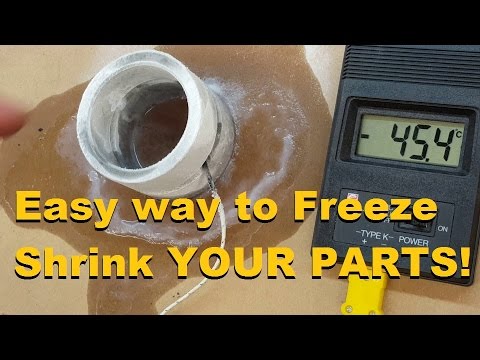Hi there! First post on the forum…
I have a client that wants a 2 tone ring - platinum inside and 18k yellow on the outside. Here is how I think I should make it:
Make the outside band a bit snug and then sand until a perfect fit, then solder the seam with an easy yellow gold (or white gold) solder.
Anything I should look out for, or anyone who has done this before? I can also steer the client towards white gold on the inside if it’s going to be a soldering nightmare!
Thank you in advance!!
Carolyn
I have seen this done in books with a brass or bronze outer ring and a silver inner one…easiest way is to make the outer ring and then force fit the inner one into it. If the fit is snug, you can just use a dapping punch of the right size to feather the top and bottom edges out a little. With the force fit and the feathered edge, there isn’t any need to solder the rings together, if that is what you were referring to. Hope I’m making sense. -royjohn
Thanks royjohn! Part of what I’m wondering is if it is possible to solder platinum/18k yellow and what folks would recommend using so hopefully someone has an answer to that part as well!
Hello Carolyn,
You could make the two rings separately and plan to expand the Pt ring until the gold band is securely wedged. If you want to solder the two rings together, be aware that the metals expand at different rates under the torch. One ring will expand much more than the other. It’s a nightmare. If you have access to a laser, things could be tacked but frankly, the Pt band will have so much more metal compared to the gold, that I doubt the tacks would hold. Jo would be a good resource here.
If it were me, I’d go with white gold instead of Pt.
Judy in Kansas, where it’s been a lovely day and much gardening was accomplished. More to go to clean up before winter!
2 Likes
These parts can be shrink fit together.
You size the two bands so that the OD of the Pt is a few thousandths larger than the ID of the gold, then you either heat the gold band so that it expands or freeze the PT band so it shrinks, then slip the Pt band into the gold one. When the two come to room temperature they will be locked together.
This sort of thing is done in machining all the time, but usually with a lathe or milling machine bringing the parts to the perfect shape and tolerances. There are tables available that give you the optimum interference of the two diameters.
2 Likes
if you could point me in the direction of those tables i would be very grateful! thank you!
Here’s a table of interference fits. You can see that for each nominal diameter there is a range of interference sizes that will work. The scale is in 1/1000 if a inch, so you can find the diameter that is closest to your ring size and then figure a good interference amount.
Here’s an interesting video where a fellow uses a can of compressed air to cool the interior part to -40C so it slips easily into the hole in the larger part. I’d try this first, and if that doesn’t work then try it by heating the gold band.
I suggest making up some bands in brass or silver or brass and silver to practice on.
1 Like
If soldering the 2 metals together is a nightmare what about this: make the platinum band to the right fit. Make the gold to fit over it then secure the 2 mechanically in any number of ways that could also be aesthetic. rivets, either invisible or not, make the pt. thin enough at the edges to flare outward (once you slip the gold ring onto the pt and center it) to form a bezel like function. or if you make the gold ring loose like a “spinner” ring or have some really cool prongs on the outside of the platinum ring all the way around to capture the gold ring just doodling in my mind on how to avoid soldering the 2 together. I’m curious as to why the customer wants it this way…
the solution was to make two rings that just almost fit snugly together (I made in rhino with a .1mm overlap to account for sanding), sand up to 600 then put them stacked on a flat part of the “reducer” part of a ring stretcher and push the top ring into the bottom ring. then add the inside comfort fit and bring to a high polish. probably helps to make sure they are rounded first but i was very gingerly as i didn’t want to accidentally work harden one or the other before pushing them together (the 18k gives a little bit).
the pieces essentially become pressure locked together - no soldering required!
1 Like
